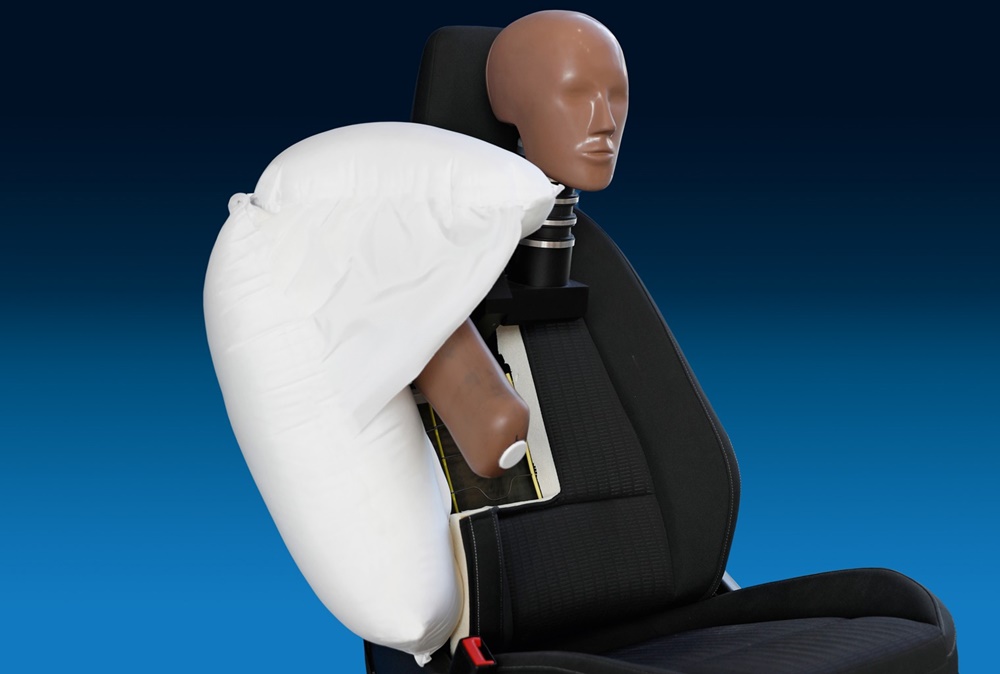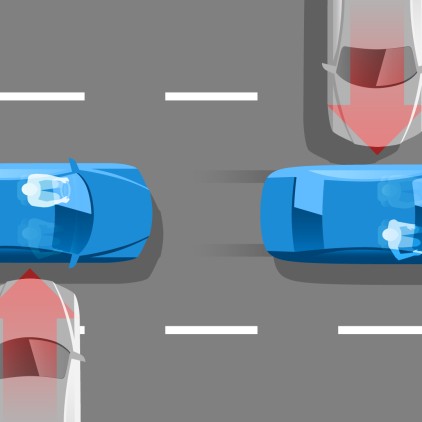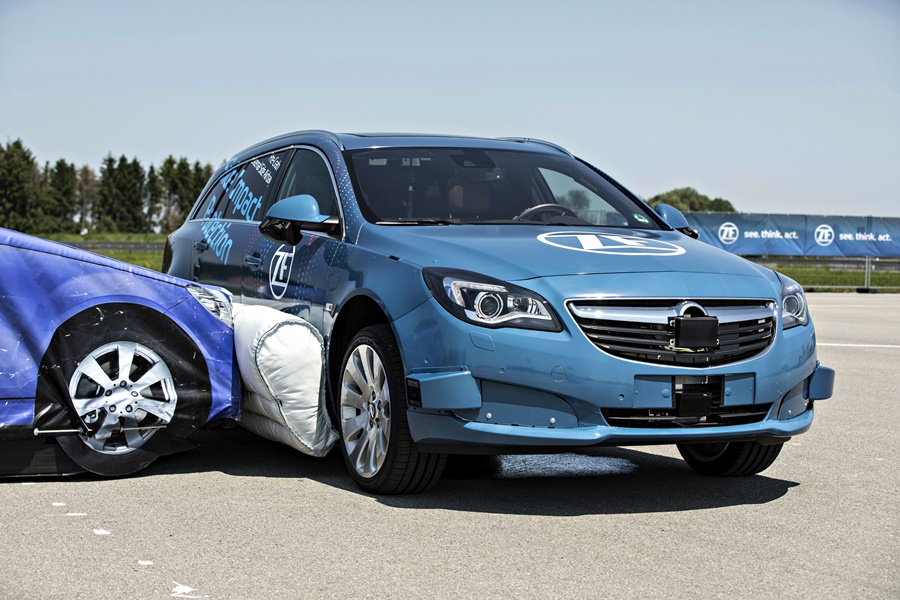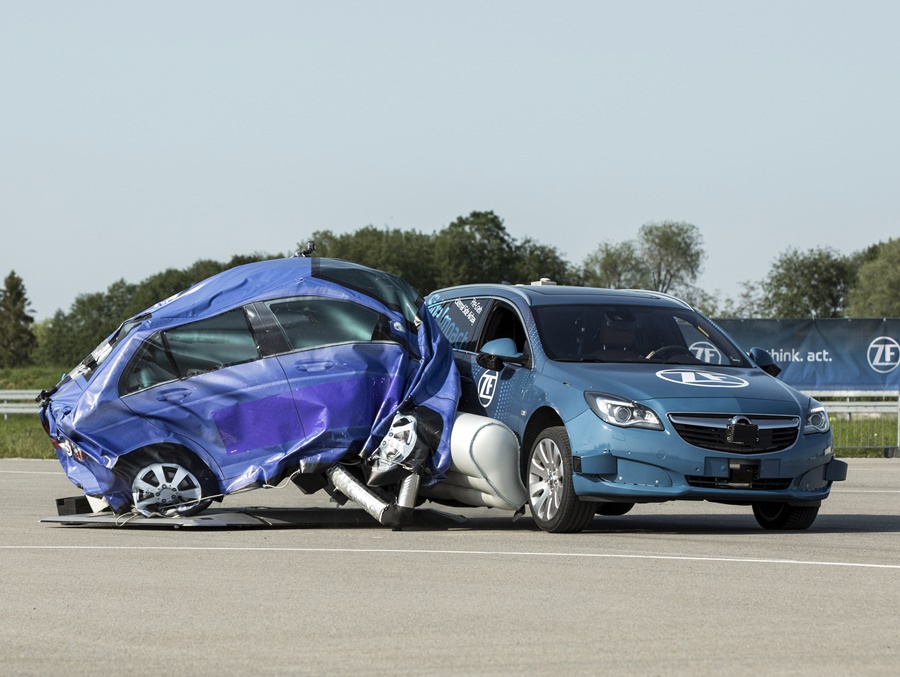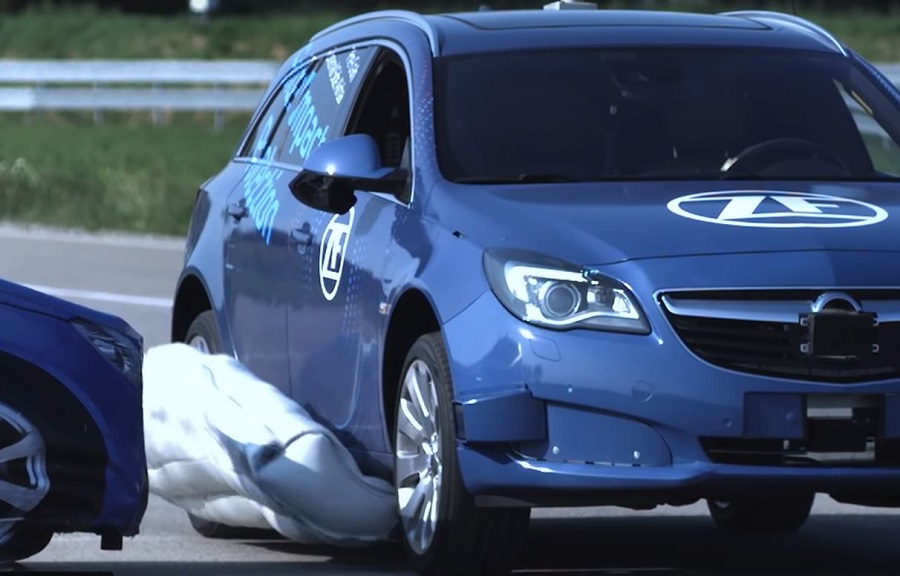Airbags have been in cars since the early 1980s, initially being installed at the front to give additional protection to the passenger and driver. Then airbags were installed at the sides (usually in the seats), giving protection against side collisions. Today, there can be up to 7 airbags on the front and sides of a cabin – curtain airbags over the window openings and a small airbag under the steering column to protect the driver’s knees (the seventh airbag).
Airbags for the rear occupants have been under study for a long time but there have been some issues which are still hard to resolve, preventing them from being offered. For example, the positioning of the passenger is critical and if this cannot be sufficiently controlled, then an airbag could cause injury instead. The mounting point of the airbag would also have to be optimised, especially with the greater area between the passenger and the seat. There are, however, airbags integrated in rear seatbelts available as options in some Lexus, Mercedes-Benz and Ford models.
New dangers from side collisions
While research continues to find new and better solutions in passenger restraint systems, much attention is now also focussed on side-on collisions on the opposite side of the passenger. If the impact is severe enough, it can throw the passenger’s body toward the middle of the vehicle. The latest results from crash tests have shown this, referred to as the far side in professional circles, and it’s dangerous.
In certain crash events, the test dummies show that the passenger’s torso could bend over the centre console while the seat belt hold the pelvis back in the seat. As a result, the thoracic spine twists and the cervical spine can be overstretched. The dummy data readings indicate that serious injuries could result.
Far-side safety countermeasures present an untapped area for injury reduction and as far back as 2015, ZF showcased a far-side airbag concept for the first time. Installed in the inward-facing side of the driver’s seat, the airbag can help to provide better protection to both the driver and front-seat passenger.
A new Euro NCAP test requirement
Euro NCAP has now become the first safety organization in the world to react to the far-side problem. The new test requirements that will be introduced in 2020 will expand the scope of the investigations into side-on collisions on the side of the vehicle opposite to the passengers. A total of 16 points within the Euro NCAP are awarded to side-on collisions; in future, 4 of these points will focus solely on the topic of far-side collisions. A car can achieve a maximum of 38 points in all four categories for the protection of adult passengers.
Recent evaluations of the national accident data, collected by the US National Highway Traffic Safety Administration from 2004 to 2013, present a detailed picture of the serious injuries that an be caused by far-side collisions: 43% of the injuries suffered were to the chest and abdomen and 23% were head injuries. Around 53% of the chest injuries were caused by contact with the centre console or the backrest, while 21% were caused by the passenger colliding with external structural elements, such as the metal parts of the door.
Different from other airbags

The considerably larger far-side airbag is integrated in the driver’s seat in a similar fashion to a side airbag. In the event of a side-on collision, the airbag control unit can trigger the far-side airbag shortly after the standard side airbag. In order to stabilize the far-side airbag, it is either fixed in place on the seat frame with a strap or supported by the centre console.
It can also be triggered when a collision takes place on the driver’s side. This is due to the fact that if there are people sitting in both of the car’s front seats, lateral acceleration can cause the two car occupants to collide with one another. In this instance, the far-side airbag can help prevent this exact scenario from taking place.
The airbag therefore differs from the front and side airbags: the function of these airbags is to help reduce the body’s momentum by ‘enveloping’ the passenger, while the far-side airbag provides the passenger’s body with more support. “The pressure in the chambers is therefore higher than in most other airbags,” explained Acker, revealing that the airbag will be offered in a compact-class vehicle in 2020.


